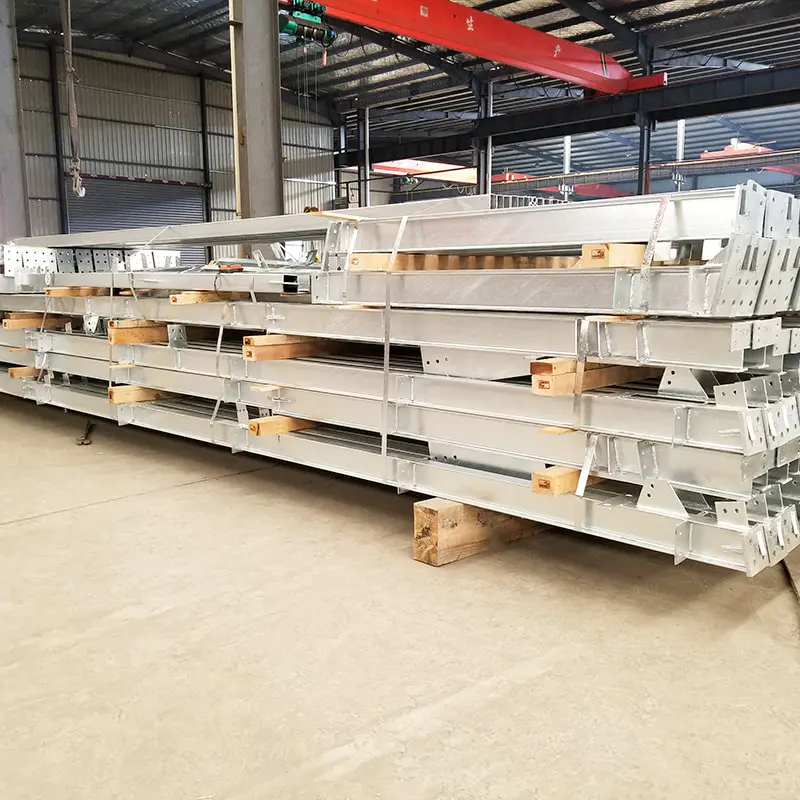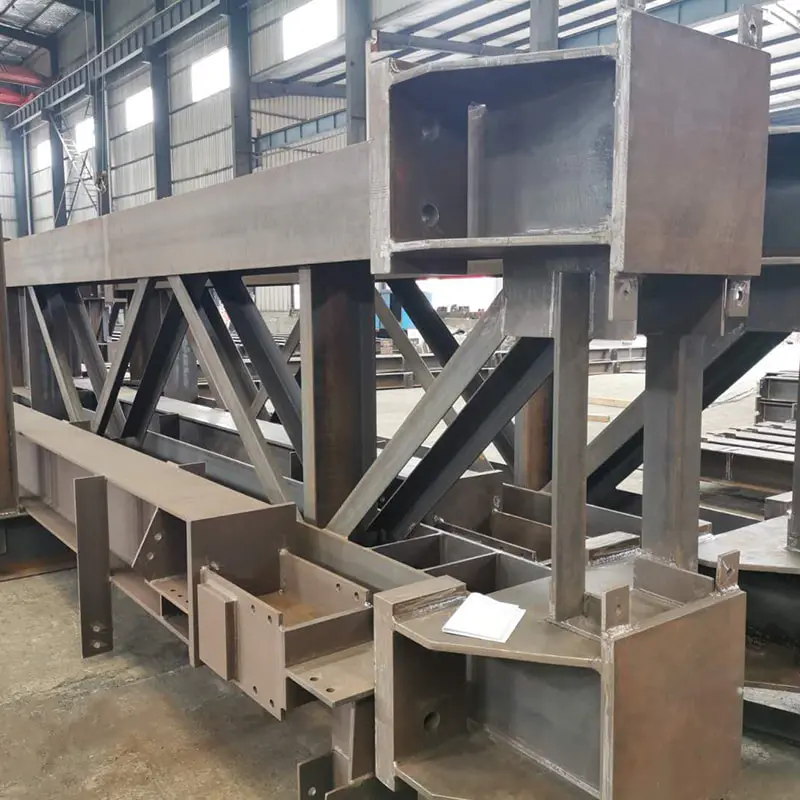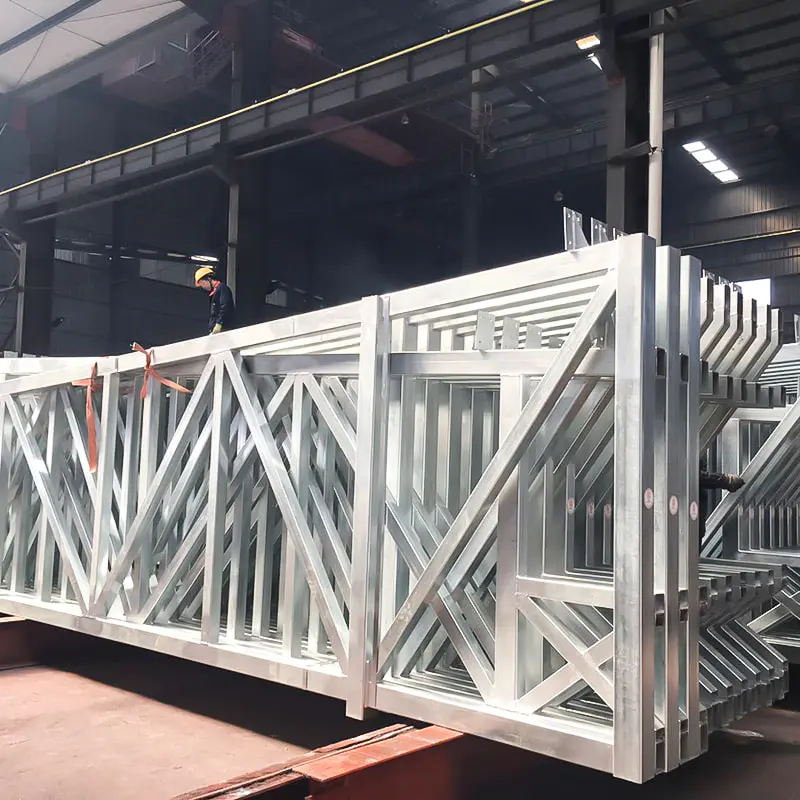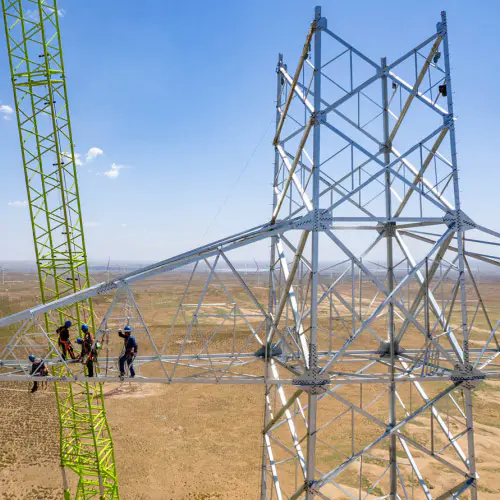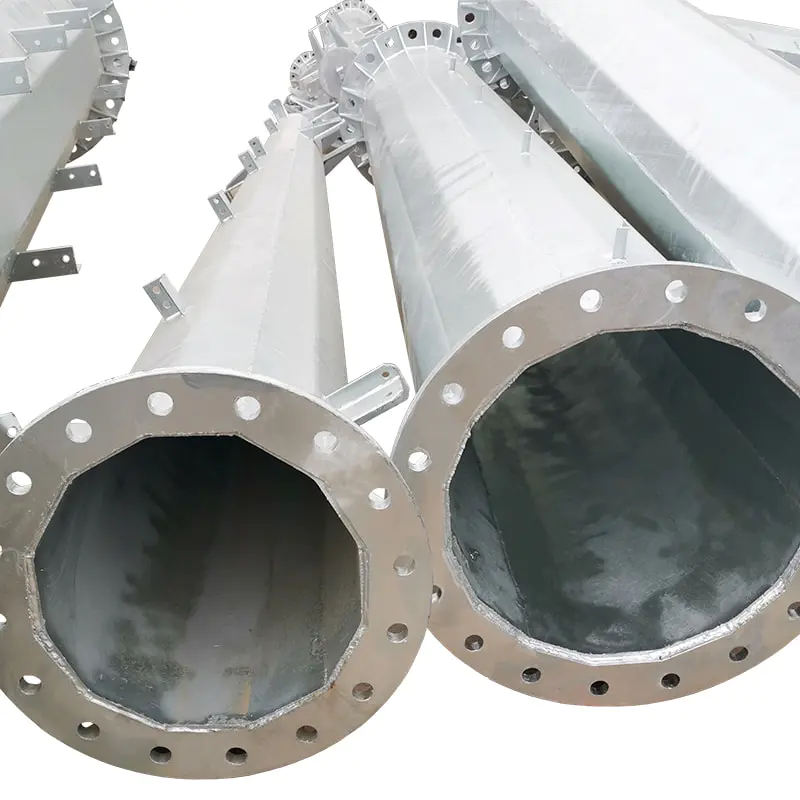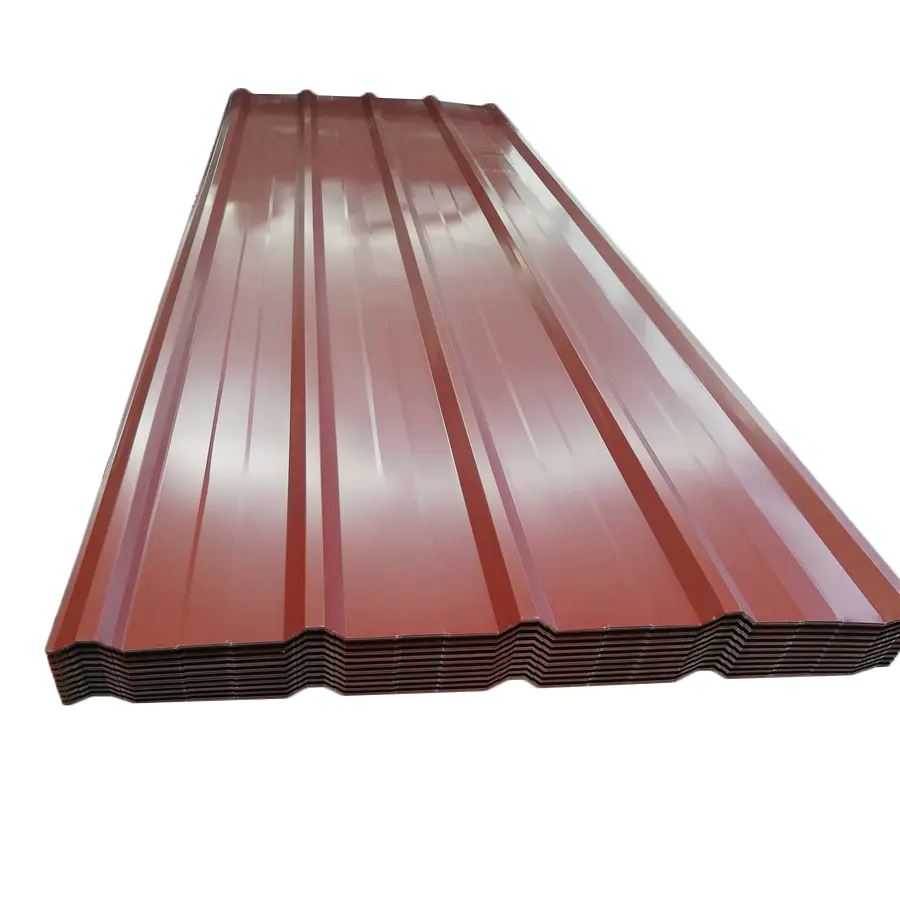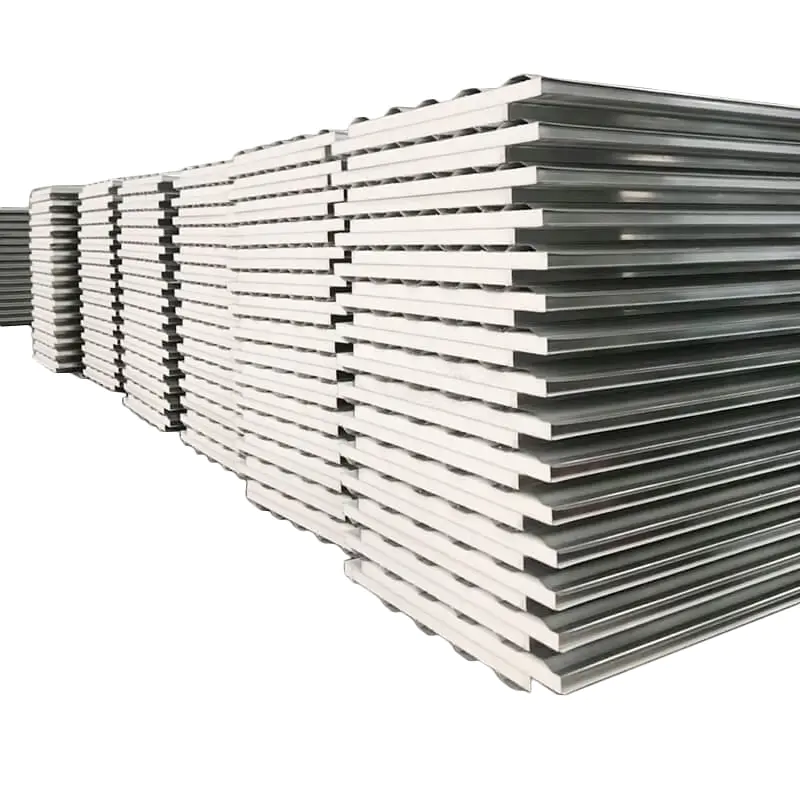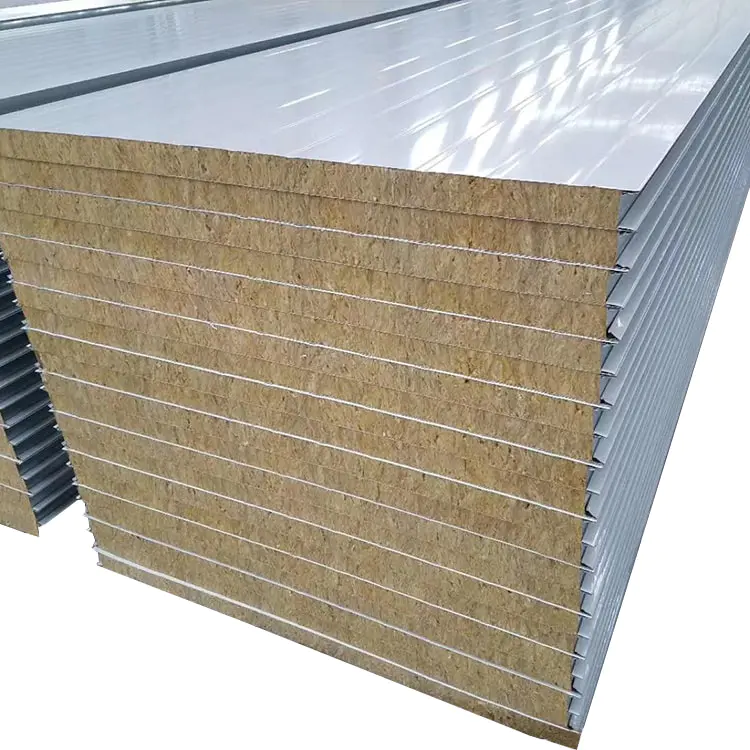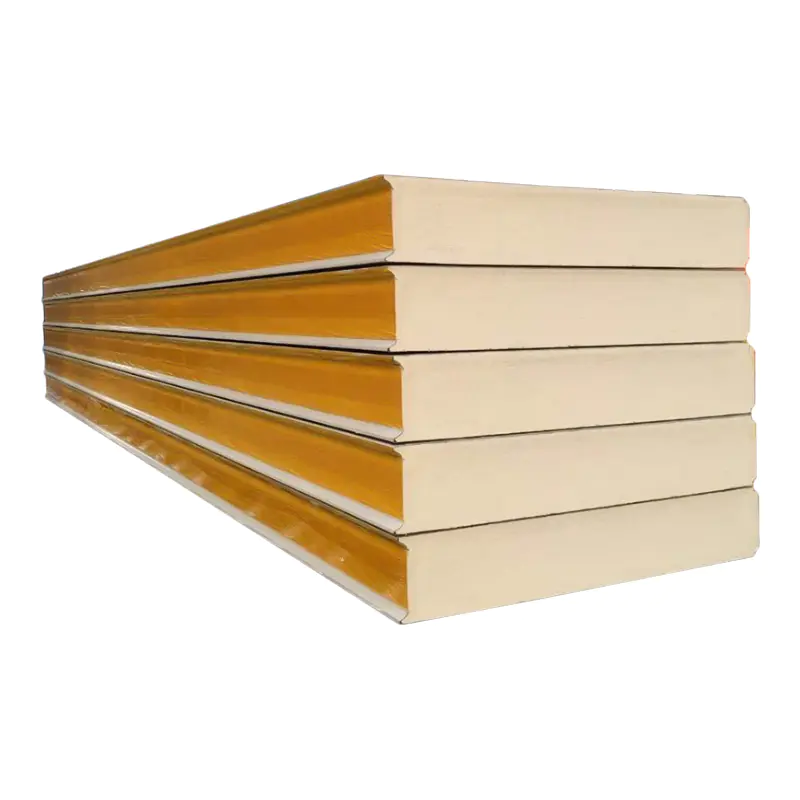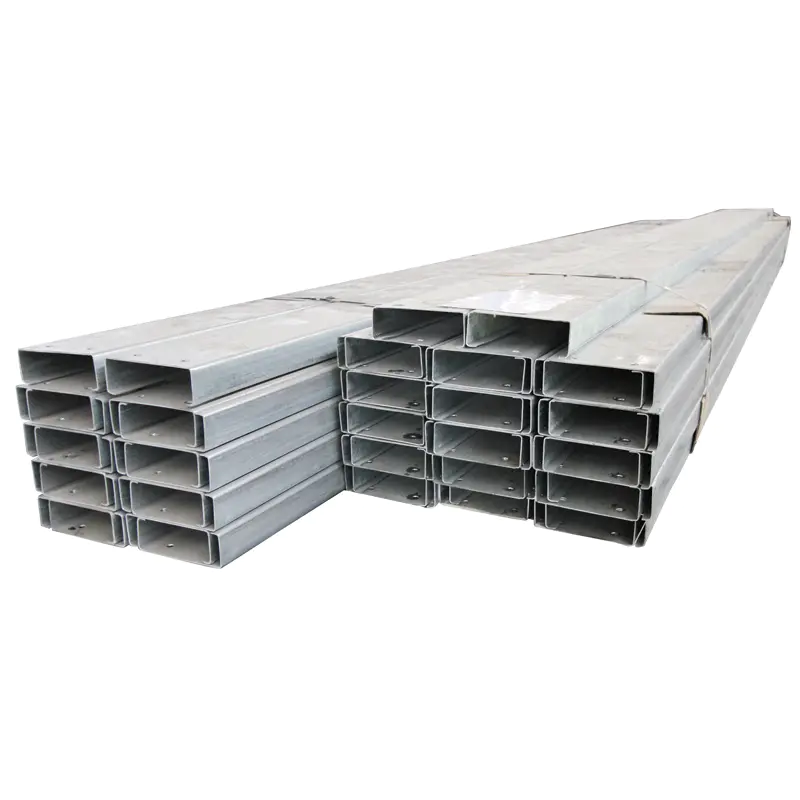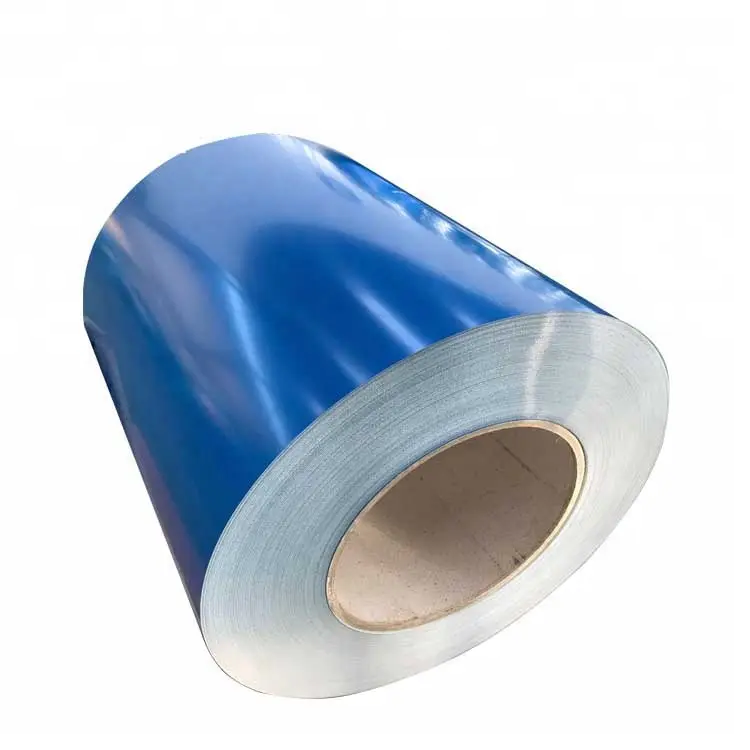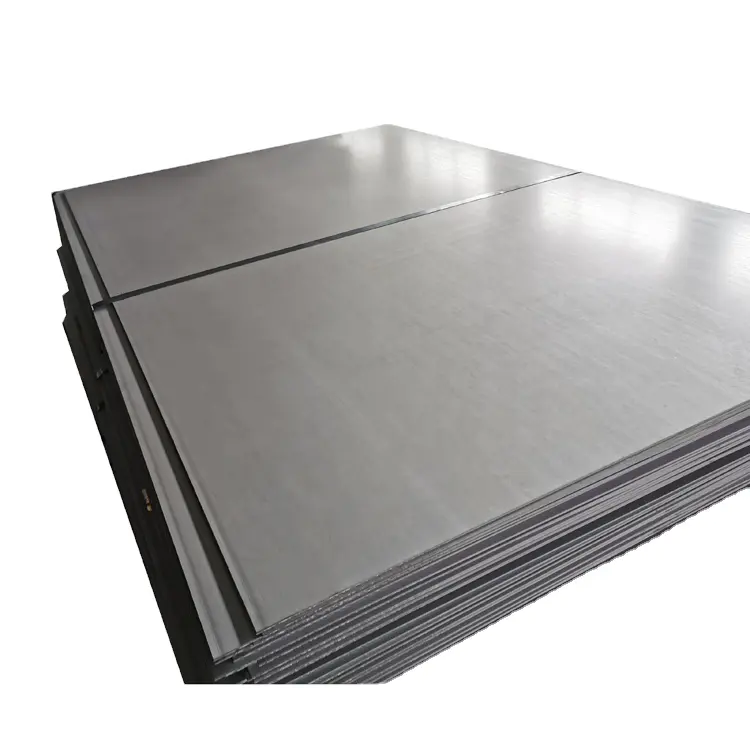Designing a heavy-duty workshop requires precision, durability, and safety. At its core, the structural integrity of the building relies on selecting the right steel columns and beams. These components must withstand extreme loads, vibrations, and environmental stresses while maintaining long-term performance.
1. Understand Load Requirements
Start with a thorough load analysis.
Dead Loads: Calculate the weight of permanent structures (roof, walls, equipment).
Live Loads: Account for dynamic forces like moving machinery, vehicles, and stored materials.
Environmental Loads: Factor in wind, seismic activity, and snow accumulation based on local codes (e.g., ASCE 7, Eurocode).
Use structural engineering software (e.g., SAP2000, Tekla) to model forces and identify critical stress points. Columns and beams must exceed calculated load capacities with a safety margin (typically 1.5–2x for industrial applications).
2. Choose the Right Steel Grade
Material properties dictate performance.
ASTM A36: A cost-effective carbon steel for moderate loads. Yield strength: 36,000 psi.
ASTM A992: High-strength, low-alloy steel with superior weldability. Yield strength: 50,000–65,000 psi—ideal for heavy machinery support.
Weathering Steels (e.g., ASTM A588): For corrosive environments; forms a protective oxide layer.
Review mill certifications to ensure compliance with industry standards.
3. Optimize Cross-Sectional Shapes
Geometry impacts strength and efficiency.
H-Beams (Wide Flange): High moment of inertia for bending resistance. Ideal for long-span horizontal beams.
Box Columns (HSS): Hollow structural sections provide torsional stability for vertical loads in multi-story workshops.
Built-Up Sections: Customized welded plates for ultra-heavy loads (e.g., crane runways).
Avoid overdesigning—match profiles to load paths identified in your FEM (Finite Element Method) analysis.
4. Evaluate Connection Systems
Joints are potential failure points.
Bolted Connections: Faster installation; adjustable for field adjustments. Use high-strength bolts (A325/A490) with pre-tensioning.
Welded Connections: Permanent, rigid joints for maximum load transfer. Specify full-penetration welds for critical nodes.
Base Plates and Anchor Bolts: Ensure columns are securely anchored to foundations using grouted base plates.
Follow AISC (American Institute of Steel Construction) or EN 1993 (Eurocode 3) guidelines for joint design.
5. Prioritize Corrosion and Fire Protection
Extend service life with proactive coatings.
Galvanizing: Hot-dip galvanizing adds a zinc layer for rust prevention in humid or coastal areas.
Epoxy/Polyurethane Paints: Provide chemical resistance in workshops with exposure to oils or solvents.
Intumescent Coatings: Fireproofing to meet ASTM E119 fire ratings (2–4 hours).
Inspect coatings regularly and plan for maintenance cycles.
6. Leverage Cost-Effective Optimization
Balance performance and budget.
Standard Sizes: Use off-the-shelf sections to reduce fabrication costs.
Modular Design: Prefabricate assemblies for faster on-site erection.
Lifecycle Cost Analysis: Factor in maintenance, energy efficiency, and potential retrofitting needs.

